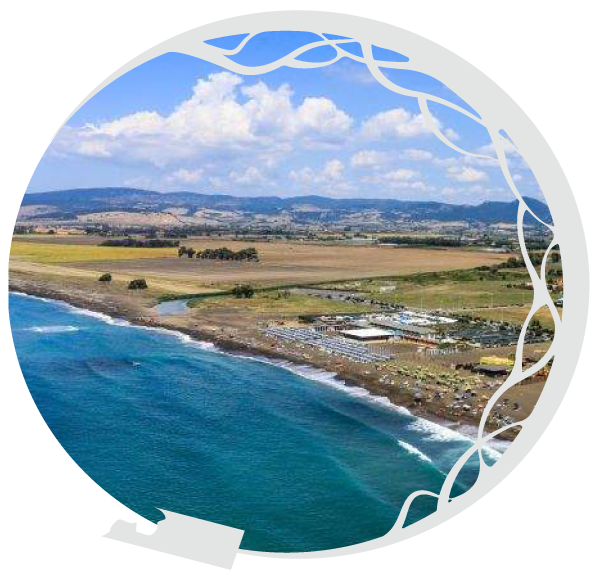...and Surroundings

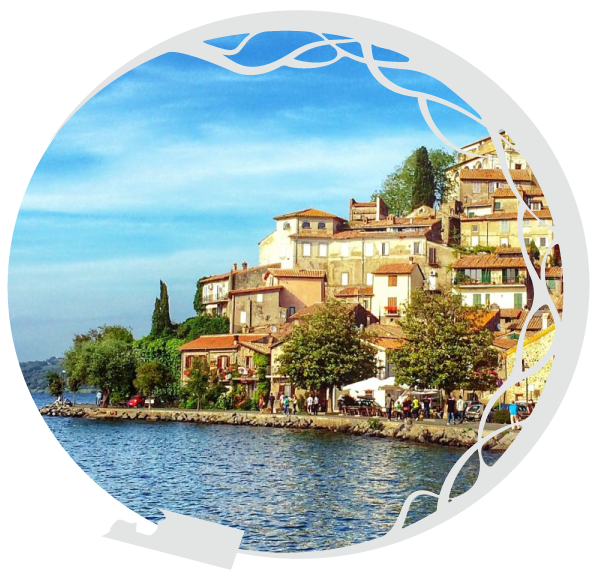
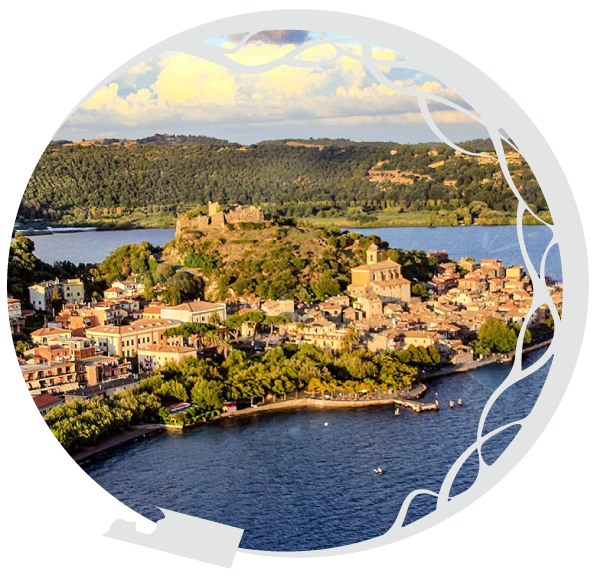
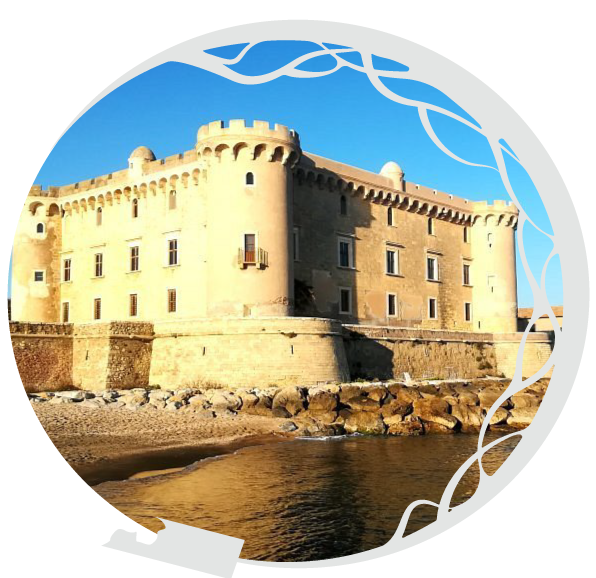
Bracciano
By car: 45 minutes
By train: 1 hour
Bracciano is a small town in the province of Viterbo, about 40 km north of the capital and rises in a dominant position on the lake of the same name, also known as Lake Sabatino.
Bracciano is the ideal destination for a one-day trip!
The historic center is one of the most renowned and loved villages in Lazio.
Among the things to see in Bracciano, the Orsini-Odescalchi Castle lends itself to interesting cultural visits, while the lake also offers the possibility of walks, bathing and picnics in the summer.
The real village develops mainly along the main street Via Principe di Napoli, where there are numerous commercial activities and which leads directly to the Castle.
At the foot of the castle there is a dense network of narrow streets with houses in lava stone and pavements paved with cobblestones. With a short walk you can reach the viewpoint on Via della Sentinella, where there is a clearing with trees and benches where you can enjoy a moment of peace contemplating the beautiful landscape.
If between a walk and another you get an appetite, there is no shortage of excellent restaurants where you can eat typical local cuisine!
You can find restaurants in charming 16th century cellars where you can enjoy quality meat and fish dishes (both from the lake and the sea).
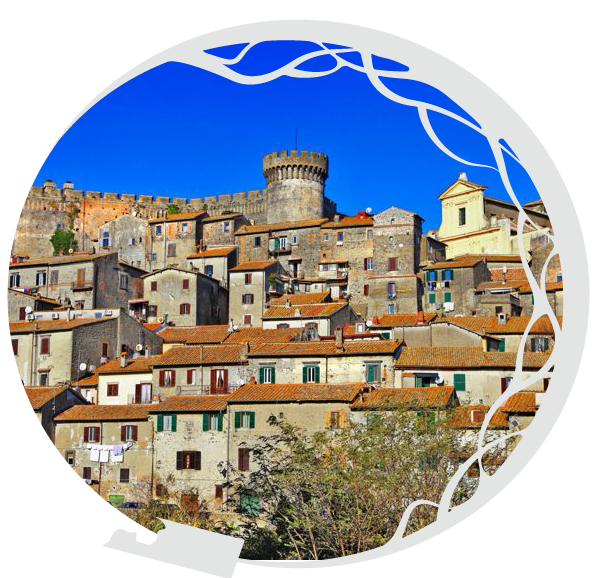
Odescalchi Castle of Bracciano
Six centuries of history told through ancient weapons, furnishings, paintings, manuscripts, decorations and frescoes: open to the public since 1952 by the will of Prince Livio IV Odescalchi and thanks to the current management of Princess Maria Pace, who supports a skilful and constant work of protection and restoration, the Castle of Bracciano, a few kilometers from Rome, welcomes every year over 60,000 visitors, tourists and scholars.
The castle, opened to the public in 1952 by Livio IV Odescalchi, can now be visited by paying an entrance ticket of € 8.50 and is often used for receptions, to celebrate weddings and for other private or cultural events.
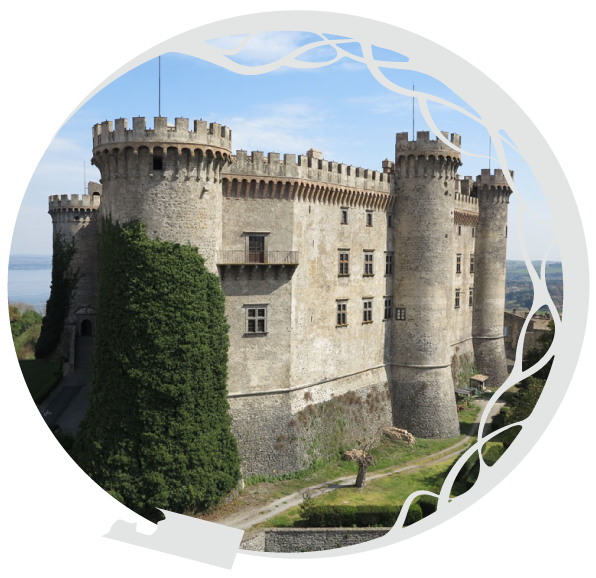
Bracciano Lake
You will not be able to visit Bracciano without taking at least a walk to the lake, where in summer it is also possible to swim in some stretches of equipped beach.
You can also spend a quiet afternoon feeding the ducks and swans, buying corn directly from one of the street kiosks for a few coins.
LAKE BRACCIANO is of volcanic origin and the maximum depth is 160 meters. It has an outlet, the Arrone river which flows into the Tyrrhenian Sea near Fiumicino.
Lake Bracciano, also known as Lake Sabatino (Latin: Lacus Sabatinus) is a lake of volcanic origin located in the northern area of the province of Rome.
The waters of the lake are particularly rich in fish, thanks also to the fact that a regional law prevents motor navigation, with the exclusion of the boat that performs seasonal service between the three centers of the basin: Bracciano, Trevignano Romano and Anguillara Sabazia.
At the bottom of the lake numerous findings attest to protohistoric settlements. An important submerged Neolithic village was found near Anguillara, which lived for about 500 years from 5700 to 5200 BC, with large rectangular houses (7 have been excavated) arranged neatly, presumably on an area of 25,000 square meters and suddenly abandoned perhaps due to a flood.
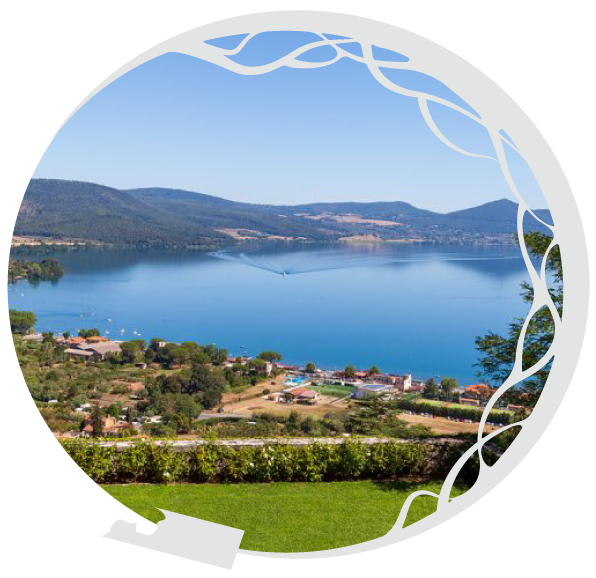
Cerveteri
By car: 35 minutes
By train: 40 minutes
The Municipality of Cerveteri, made up of 8 hamlets, is a beautiful area north of Rome, rich from a naturalistic and historical point of view. Famous throughout the world for its illustrious past as the center of Etruscan civilization, Cerveteri today is a very lively reality and preserves its own tradition, with an eye towards the future.
Its territory is very vast and varied, so much so that it includes eight hamlets, which extend from the suggestive Ceriti Hills to the coast. Its beaches, characterized by black sand because it is rich in iron, are frequented in the summer by many vacationers and tourists who can also enjoy the beautiful hinterland.
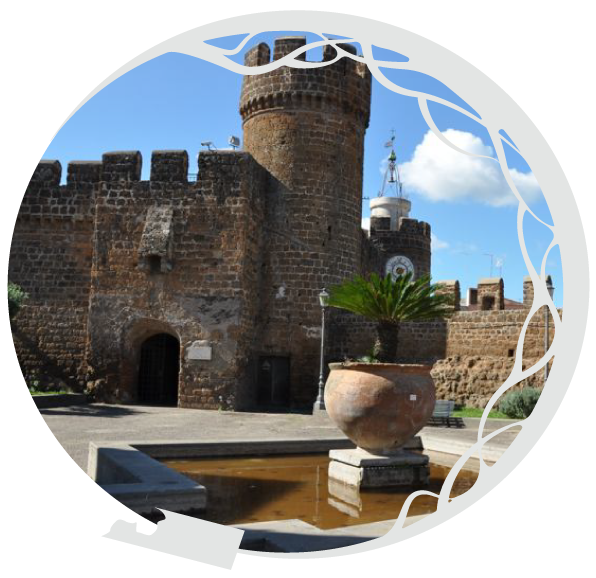
The Ceretane necropolis
With a continuity of use that goes from the 9th century B.C. until the Roman domination, the necropolis of Cereto completely surrounded the plateau on which the city stood. The huge extension of 450 hectares counts them worldwide, second only to the Egyptian necropolises.
The symbol of the Cereto necropolis is the tumulus, a circular structure obtained from the tuff with an accumulation of earth above it, which contains one or more tombs of the same family.
In the Iron Age (9th - 8th century BC) cremation of the dead was widespread: the ashes were placed in urns and buried in cylindrical holes carved into the tuff. In the funeral ritual, the cremation soon replaced the cremation, and already from the beginning of the seventh century BC, after a first phase characterized by single pit burials, the first tumulus tombs appear, with a shaped circular base and hypogeic chambers.
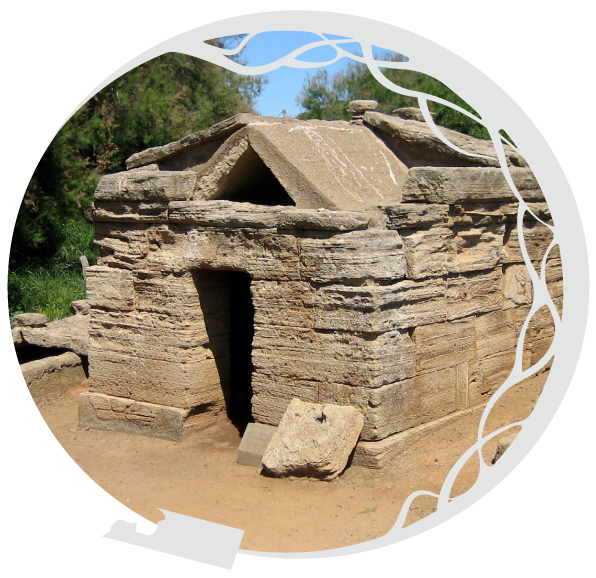
The Euphronius crater: a symbol of the fight against the "Predators of Art"
Euphronius, one of the most important painters of the ancient world, created this large crater to accompany an important member of the Cereto elite buried at the beginning of the 5th century BC to his last home.
Discovered, after over two thousand years, during poaching excavations conducted in 1971 and illegally released from Italy, the vase risked returning once again to oblivion, hidden in some private collection around the world.
But it so happened that the art dealer sold it to the Metropolitan Museum in New York and that it was exhibited in one of the halls of the important American museum.
A complex investigation activity, in which the Superintendence for the Archaeological Heritage of Southern Etruria actively participated alongside the Public Prosecutor's Office of Rome and the Carabinieri Command for the Protection of Cultural Heritage, a series of negotiations with the Metropolitan Museum and diplomatic agreements with the United States allowed the crater to return to Italy in 2008.
The famous Euphronios crater is now exhibited at the Cerveteri Museum and represents the symbol of the fight against the illicit trafficking of archaeological finds and against the "Predators of Art"
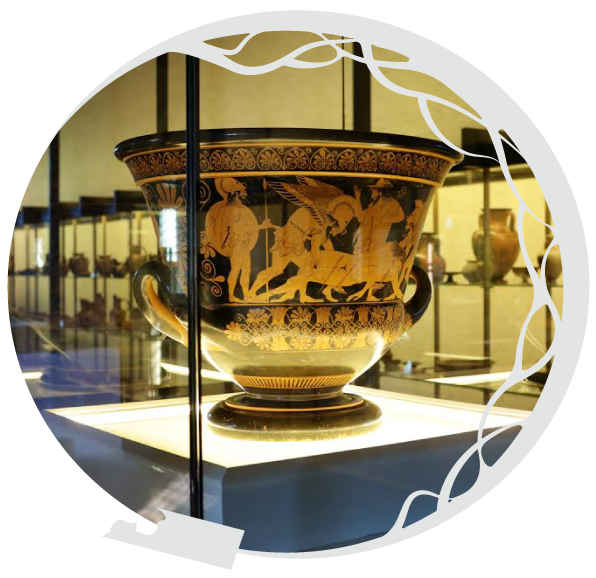
Cerveteri and the sea
The Etruscans were in the beginning certainly a people of sailors, the famous Roman historian Tito Livio wrote about it: "The power of the Etruscans was so great that the fame of their name filled not only the land, but also the sea throughout the 'extension of Italy, from the Alps to the Strait of Messina "......
The beaches of Cerveteri are famous not only for the black sand, for the hospitality provided by the bathing establishments
but also for the protected area dedicated to the reproduction of sea turtles and the Fratino, a small wading bird in danger of extinction, typical of Italian beaches.
There are no parking problems and you go down to the sea after 50 meters of beach; in addition, the municipal administration has set up a launch / landing corridor for kitesurfing, wind-surfing and wave surfing, as required by the legislation, concerning the safety of navigation, bathers and the aspects related to use of the maritime state property.
